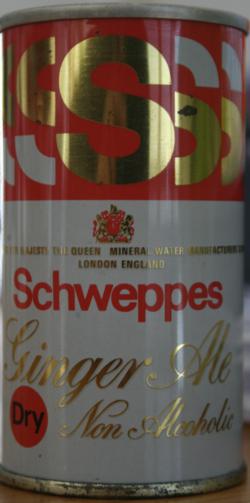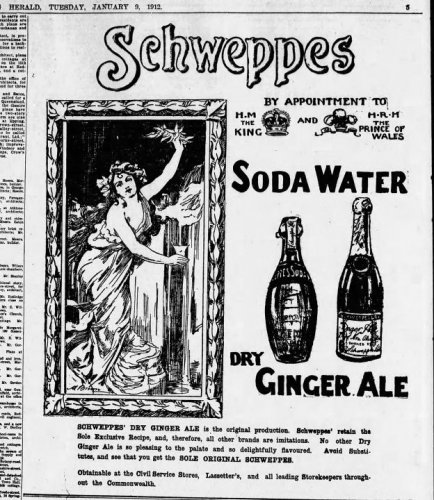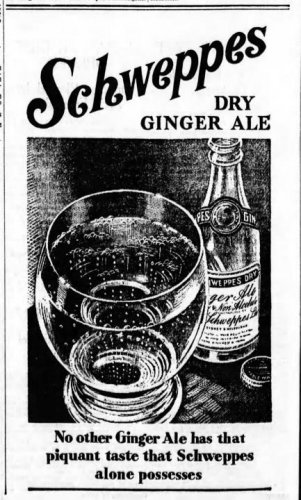CanadianBottles
Well-Known Member
- Joined
- May 24, 2014
- Messages
- 4,693
- Reaction score
- 2,408
- Points
- 113
I have one of those tonic water caps. They were used on the Canadian ACL bottles, which is the earliest example I know of where Schweppes was bottled, rather than simply sold, in Canada. It doesn't have any additional information printed on the edge. Never seen the ginger ale cap and it looks older to me. I'm very curious to know if Schweppes was ever bottled in Canada before the ACL era. I've never seen one of those heel-embossed bottles used in the UK over here, and if it was imported in the bottle you'd think that more of them would show up. Mind you, it's not like the ACL bottles are super common here either, so I'm not sure how popular Schweppes ever got over here. Even today it's a distant second to Canada Dry.
Also regarding those labels, they're definitely from a wider age range than the 50s and 60s. Note how one features a bar code, which means it's from no earlier than the mid-1970s (and probably later). A couple also mention the king, which means they date to 1952 at the latest. And of course as you mention, the one in the top right looks much earlier than the 50s.
Also regarding those labels, they're definitely from a wider age range than the 50s and 60s. Note how one features a bar code, which means it's from no earlier than the mid-1970s (and probably later). A couple also mention the king, which means they date to 1952 at the latest. And of course as you mention, the one in the top right looks much earlier than the 50s.





